Localities proactively dredge canals and ditches to help drain water and prevent flooding during the rainy season.
Many challenges from climate change
Long An is located in the transition zone between the Southeast and the Mekong Delta with low terrain and a dense river system. It is a locality that is regularly affected by natural disasters such as high tides, heavy rains, flooding, storms, landslides, floods and saltwater intrusion. In recent years, climate change has caused these phenomena to appear with higher intensity, higher frequency and markedly increased abnormality.
According to a report from the Provincial Steering Committee for Natural Disaster Prevention and Control, in 2024, the province recorded dozens of storms and tornadoes, causing 3 houses to collapse and 34 houses to be completely unroofed. Along with that, there were 16 serious riverbank subsidence and landslides in the districts of Can Giuoc, Can Duoc, Tan Thanh, Thu Thua, Chau Thanh, Kien Tuong town and Tan An city with a total length of about 3,778m. In addition, floodwaters combined with local rain and high tides caused flooding and completely damaged 452.3 hectares of rice and vegetables.
According to the forecast of the Southern Hydrometeorological Station, the total rainfall in May is 10-20% higher than the average of many years and the number of rainy days is about 15-20 days. In particular, what people need to pay attention to is that the first rains of the season will occur quickly, with strong intensity and large amounts of rain. Because usually at the beginning of the rainy season, there is often a conflict between air masses of opposing nature, thereby creating great instability. The first rains of the season are often heavy rains with thunderstorms, lightning, and strong gusts of wind.
Local authorities coordinate to prune trees before the storm season
According to the province, since the beginning of May, heavy rain accompanied by thunderstorms, strong gusts of wind and lightning have frequently occurred in many localities in the province, in which rain often occurs in the early and late afternoon. In the current transitional weather situation, the province's professional agencies have issued many recommendations for local authorities and people in the province to proactively prevent.
According to Director of the Provincial Hydrometeorological Station - Nguyen Quang Ngoc, the functional sector and people need to proactively check rural power lines and power lines near their homes, and when detecting signs of unsafety, they should quickly fix them; at the same time, promptly cut and trim large tree branches near schools, markets, roads and around people's houses to prevent strong gusts of wind from causing them to fall, causing many consequences.
In addition, when rain is accompanied by thunderstorms, thunder, and lightning, people must find safe shelter. In case of working in the fields during thunderstorms, thunder, and lightning, do not use iron tools such as hoes, shovels, and other electrical conductors. On the other hand, do not take shelter under electric poles, large trees, under bridges, mowers, plows, etc.
Right from the beginning of the year, the Provincial People's Committee issued a plan on disaster prevention and control and search and rescue work in 2025 with many new highlights: Strengthening decentralization of management, improving operational capacity at the grassroots level, tightening response discipline; at the same time, promoting digital transformation in disaster monitoring and supervision. Specifically, the plan identifies 9 key groups of solutions including: Perfecting the command and control apparatus; updating disaster prevention and control plans according to risk levels; upgrading irrigation and drainage works; forecasting and early warning; raising public awareness; building a grassroots disaster prevention and control shock force; conducting periodic training and drills; consolidating the communication system and promoting international cooperation on disaster risk management.
People need to be on guard against riverbank erosion during the rainy season.
To date, the entire province has completed the district and commune level disaster prevention and control plan, with detailed scenarios for each major type of natural disaster. The localities of Can Giuoc, Thu Thua, Chau Thanh and Tan Tru have reviewed and updated the list of households living along rivers, canals and streams at risk of landslides, and have made plans to evacuate nearly 3,500 households in case of emergency.
Raising public awareness
One of the highlights of the province's disaster prevention and control work is the establishment and maintenance of nearly 1,800 commune-level disaster prevention and control teams, with over 14,000 members receiving basic training in evacuation, rescue, firefighting, response to flash floods, landslides and humanitarian assistance. The teams in remote communes such as Hung Dien B commune (Tan Hung district), Vinh Thuan commune (Vinh Hung district) or Thanh Phuoc commune (Thanh Hoa district) are also equipped with motorboats, life buoys, portable loudspeakers and mobile equipment to ensure quick response in complex terrain conditions.
House bracing drill during storm (documentary photo)
Head of the Department of Agriculture and Environment of Thanh Hoa district - Nguyen Kinh Kha said: "We consider the drill an important form of combat training. People who participate in the drill will know how to handle situations when natural disasters occur, know the escape routes and evacuation points."
The breakthrough in the province's disaster prevention work is to shift from "passive response" to "active prevention" through improving community capacity. Communication and education campaigns on natural disasters have been strongly implemented through schools, the Women's Union, the Youth Union, and the Farmers' Association. In the past 2 years, the province has distributed more than 120,000 leaflets, 3,500 posters, and organized more than 300 community communication sessions on disaster response skills for rural people, especially women and children.
At the same time, Long An is also a pioneer in applying digital technology to disaster prevention and control. The system of warning heavy rain, high tides, and tornadoes via mobile phones has been deployed by the Information and Communications Technology Center under the Department of Information and Communications (now the Department of Science and Technology) in coordination with the Provincial Hydrometeorological Station since 2023 and is being expanded to the entire population.
First aid drills when natural disasters occur
Digital maps for monitoring landslides and flash floods are also continuously updated on the provincial electronic information portal and Long An Digital application. To date, more than 85% of communes and wards have integrated data on terrain, drainage, population and infrastructure to serve smart disaster prevention and control.
Deputy Director of the Department of Agriculture and Environment, Deputy Head of the Provincial Steering Committee for Disaster Prevention and Control - Do Huu Phuong emphasized: “The Provincial Party Committee and the Provincial People's Committee have clearly directed that we must not be passive or surprised by natural disasters. The Provincial Steering Committee for Disaster Prevention and Control requires localities to strictly implement the motto of "4 on-site" and "3 ready". Natural disasters cannot be completely prevented, but damage can be minimized if we proactively respond, have a scientific plan and have solidarity and consensus from the people".
In 2025, the province will continue to invest in upgrading irrigation and drainage works and reinforcing key dykes. In addition to “hard” works, the province will also promote “soft” solutions such as planting windbreak trees along canals and ditches, and building small regulating lakes in residential and industrial areas.
With a long-term vision, a systematic strategy and the consensus of the whole society, the province is building a proactive, multi-layered disaster prevention and control system, connecting the State, businesses and people. Although there are still difficulties in resources and infrastructure, the comprehensive participation from authorities at all levels to the community is the most solid "shield" during the rainy and stormy season.
Natural disasters are inevitable, but the damage caused by natural disasters can be completely reduced if we prepare early, take drastic actions and have consensus from the government to the people. Disaster prevention and control is not only the task of the functional sector but also the responsibility of the whole community./.
Bui Tung
Source: https://baolongan.vn/chu-dong-phong-chong-thien-tai-trong-mua-mua-bao-a196364.html


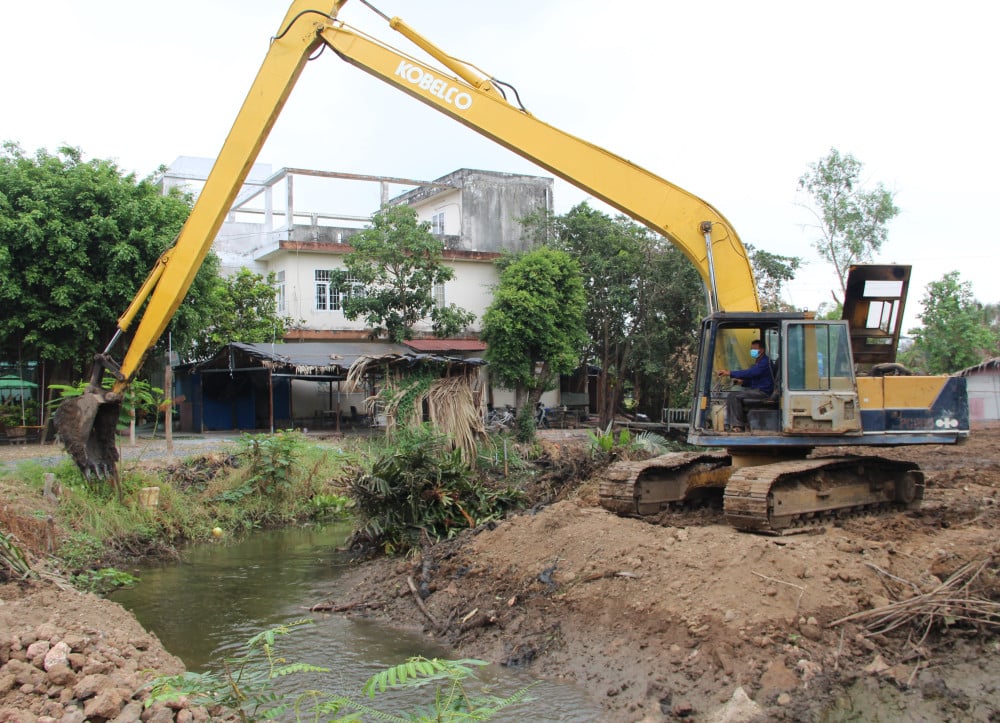
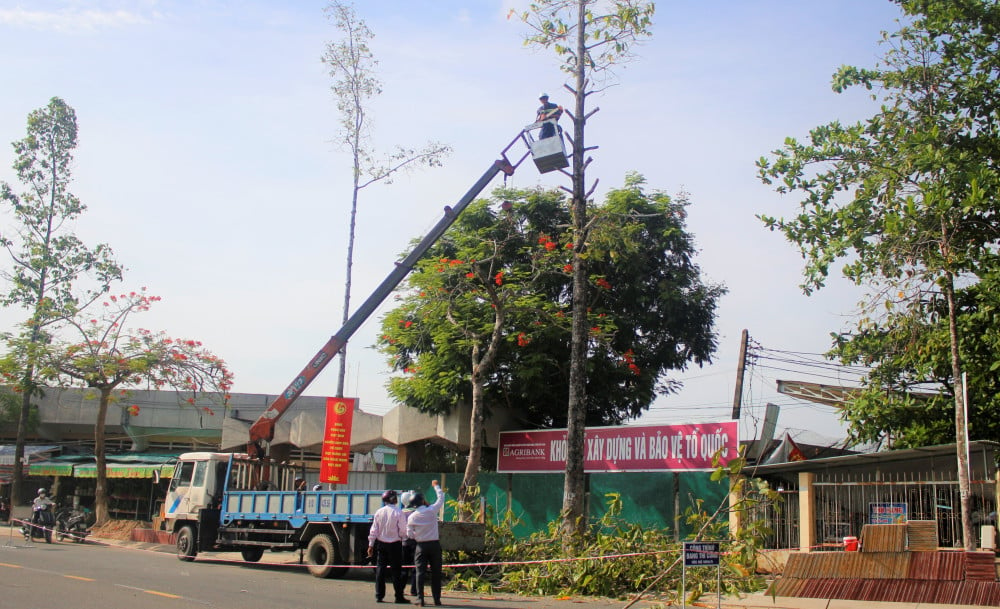
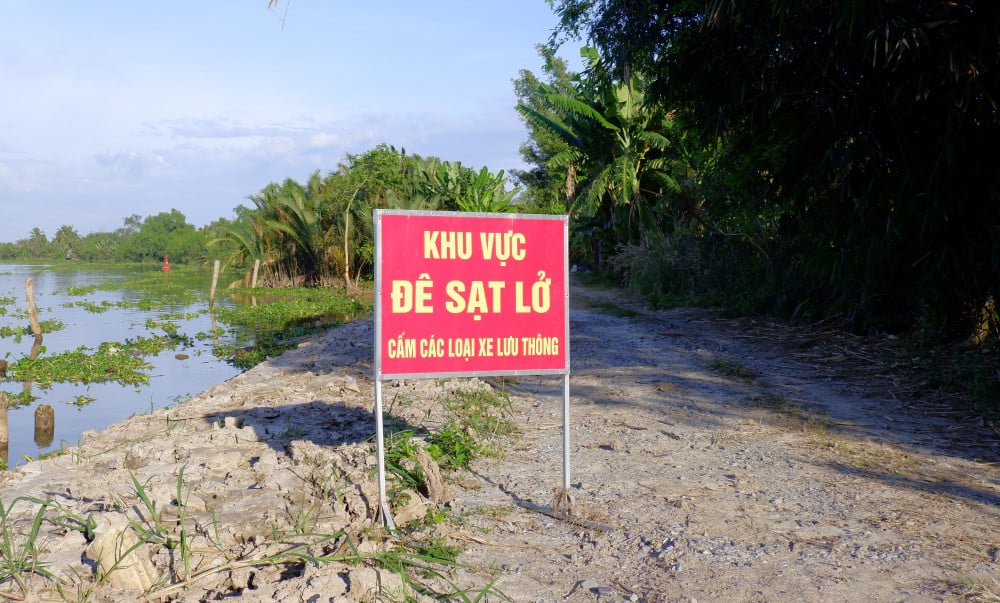
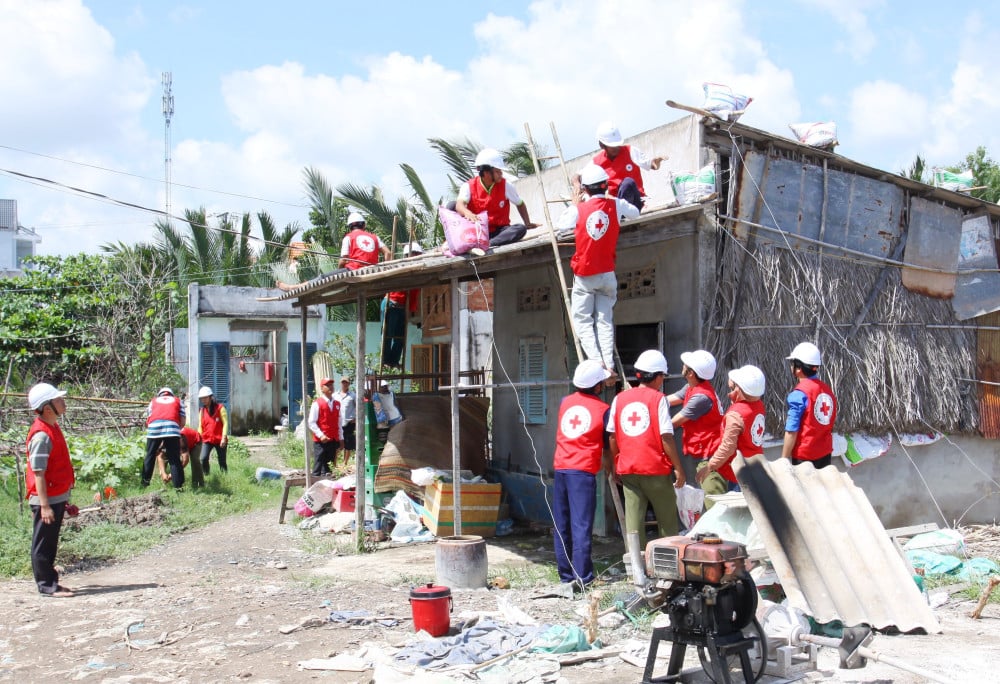
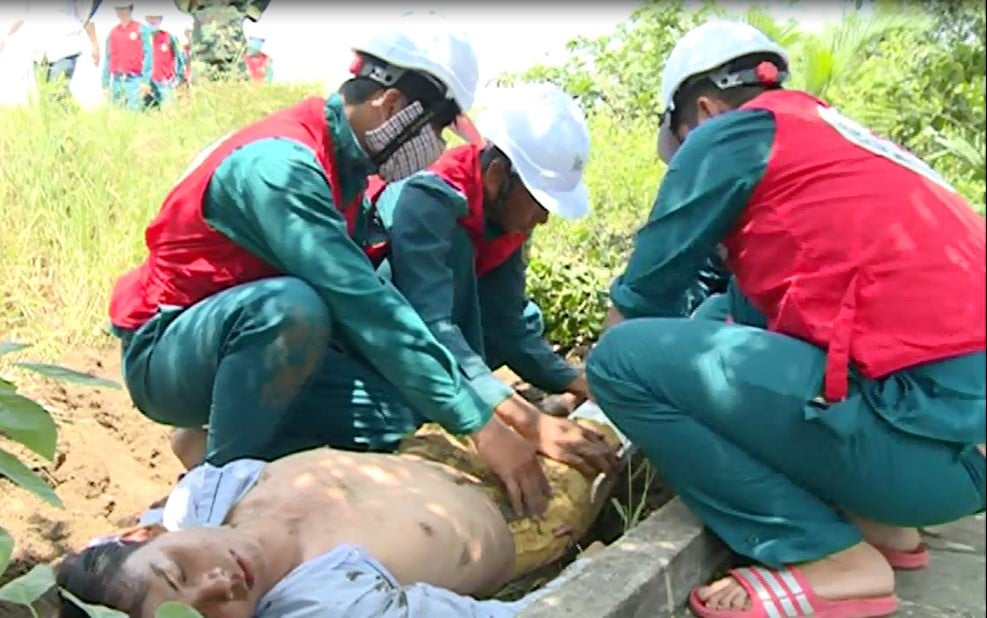




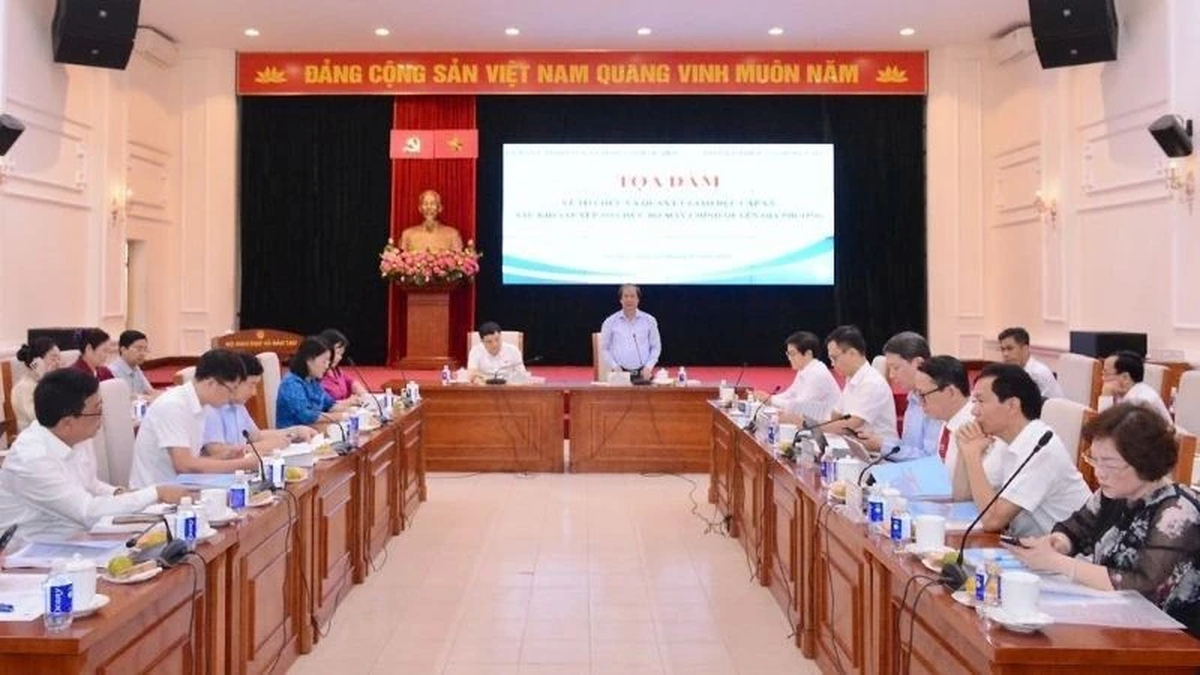




























































































Comment (0)